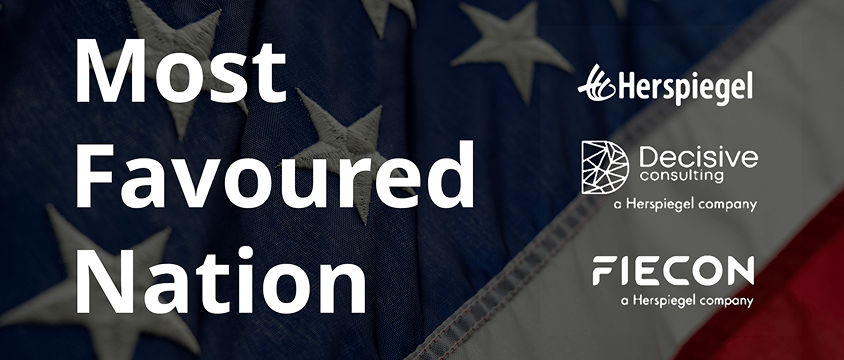.png)
Fadel:
When we talk about cost savings, what we’re really talking about is time savings. That’s the most direct way to measure impact.
We conducted an internal validation experiment to test different levels of AI integration into the SLR process. We compared three types of SLR processes: a fully AI-driven SLR where AI makes all the decisions; a hybrid AI SLR where AI recommends extractions and screening decisions but humans make the final calls; and a fully manual, human-led SLR.
From our research, we found that a hybrid SLR saves roughly 50% of the time compared to a manual SLR during the screening phase. A fully AI SLR, on the other hand, saves around 80% of the time. For data extraction, a fully AI-driven SLR saves over 95% of the time compared to a manual process.
Caroline:
To add to that, the 50% time savings in screening translates to about a 20% reduction in total project time when you consider the overall SLR budget. That’s a significant efficiency gain for full-scale SLR projects.
Fadel:
That’s a fair and important question. It’s really at the heart of what we’re trying to achieve. The decision-making process depends on the level of AI integration you choose.
In a hybrid SLR, the approach we currently recommend for any HTA-standard SLR, the human makes all the final inclusion and data extraction decisions. In contrast, a fully AI-driven SLR relies entirely on the system to make those decisions, with less human oversight.
However, the fully AI system includes a built-in metric that shows how accurate the AI is compared to human reviewers. This metric updates in real time as the SLR runs, so you can monitor how well the AI is performing throughout the process.
Caroline:
Humans have flaws, and so does AI. I think what’s important with the hybrid workflow that we recommend is that both humans and AI have their own flaws and weaknesses, but they complement each other. Overall, that’s why we see that the hybrid approach is actually better than a fully manual SLR. I think that goes back to our poster, where we have data supporting that fully automated AI, hybrid AI, and human approaches each have different performance levels in screening.
Fadel:
Right. The AI is intentionally designed to support human work, not replace it.
It’s particularly strong at precision, correctly identifying what should be included, while humans tend to be better at recall, identifying publications that should be excluded. By working together, they balance each other’s limitations rather than competing.
.png)
Amanda:
Yes, and this is evolving quickly. NICE has been a leader in this area. For nearly a year now, they’ve had formal recommendations supporting the use of AI in both screening and data extraction.
We’ve already seen this reflected in recent technology appraisals (TAs), and the response from assessment groups and committees has been positive—there have been no issues. Provided you’re transparent about how AI is used and include the necessary technical documentation in your HTA submission, AI-assisted SLRs are now fully accepted. That’s fantastic progress for the field.
Amanda:
The biggest advantage is the ability to align both processes efficiently. With PICO prediction, you can forecast which PICOs are most relevant for your JCA assessment. That gives you a major head start in meeting the 100-day sprint, which is a big concern for many companies.
You can use PICO prediction to determine what your SLR should focus on, and then run a highly efficient, AI-assisted SLR. If you need to tweak your PICOs later—or adjust the SLR—you can do so quickly and accurately with AI support.
Another major benefit is scalability. When adapting your submission for different country-specific requirements, AI-assisted updates are much faster and more precise than manual revisions. For me, those are the key advantages of having both PICO prediction and AI SLR capabilities under one roof.
Bringing AI into the systematic literature review process is proving to be both efficient and effective, delivering significant time savings while maintaining high-quality results. Fully automated screening excels in precision-focused reviews where only the most relevant references matter, though it is less suited to projects demanding exhaustive recall. Meanwhile, hybrid human–AI workflows consistently achieve the strongest balance of recall, precision, and overall accuracy—outperforming humans and AI when used independently. As the evidence shows, AI and human expertise complement each other, and their combined strengths are now increasingly recognized by HTA and regulatory bodies as a fast, reliable, and acceptable approach to producing robust SLRs.
.png)



.png)




